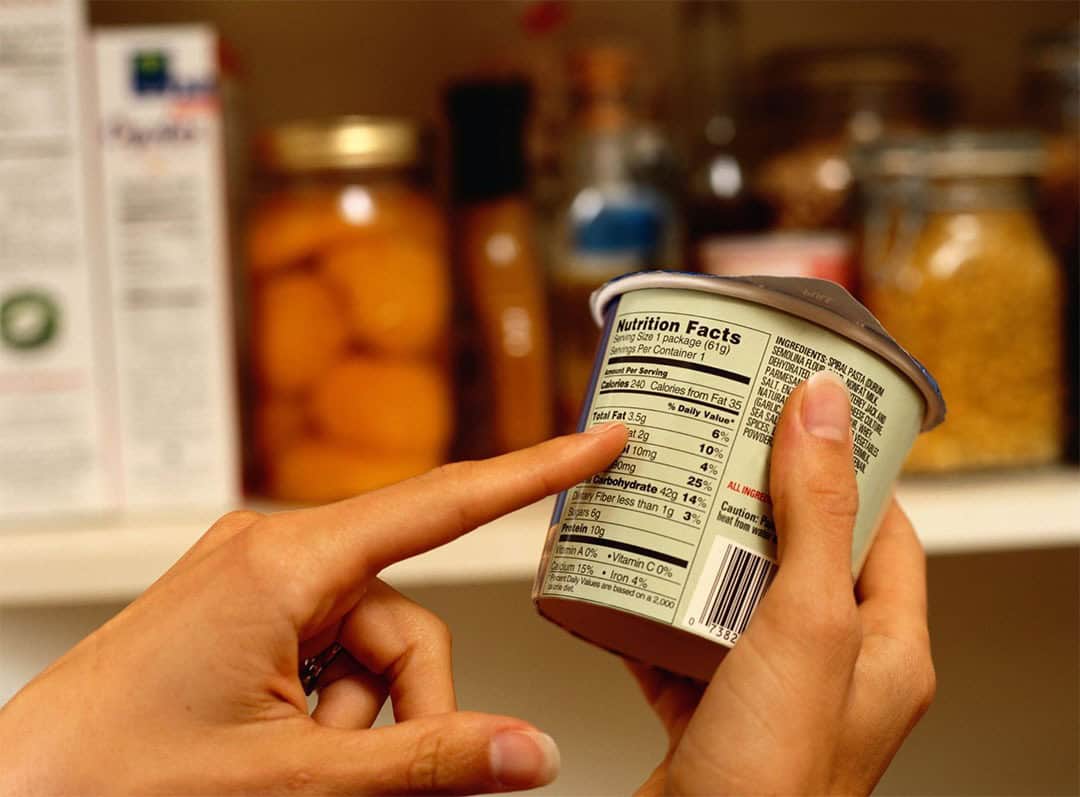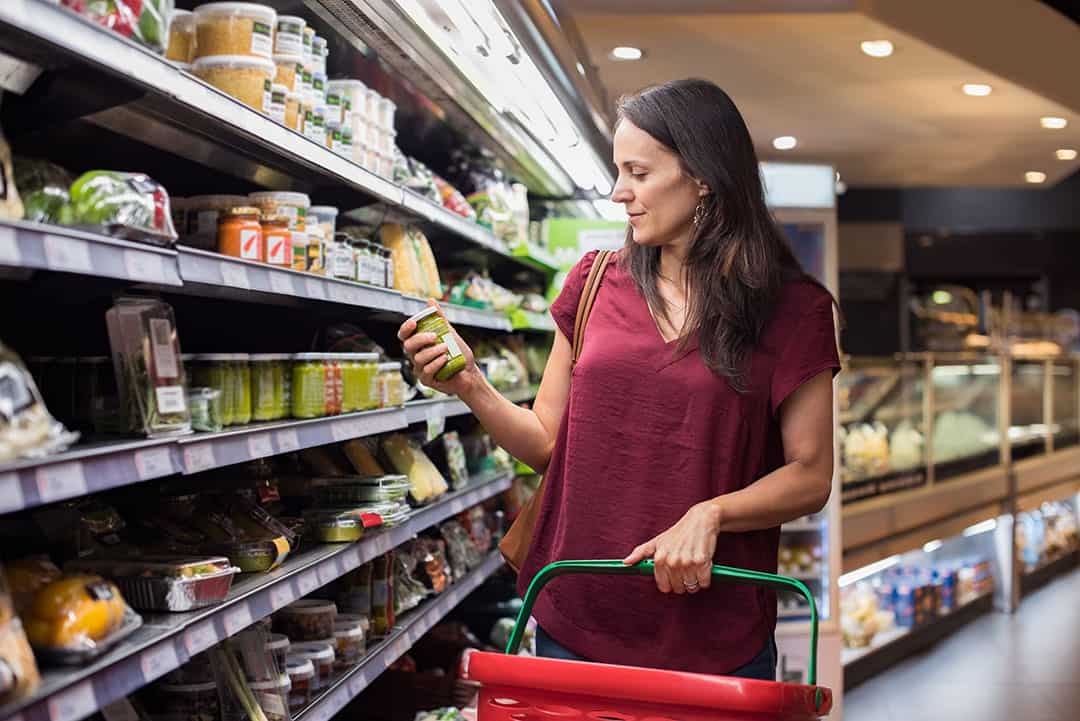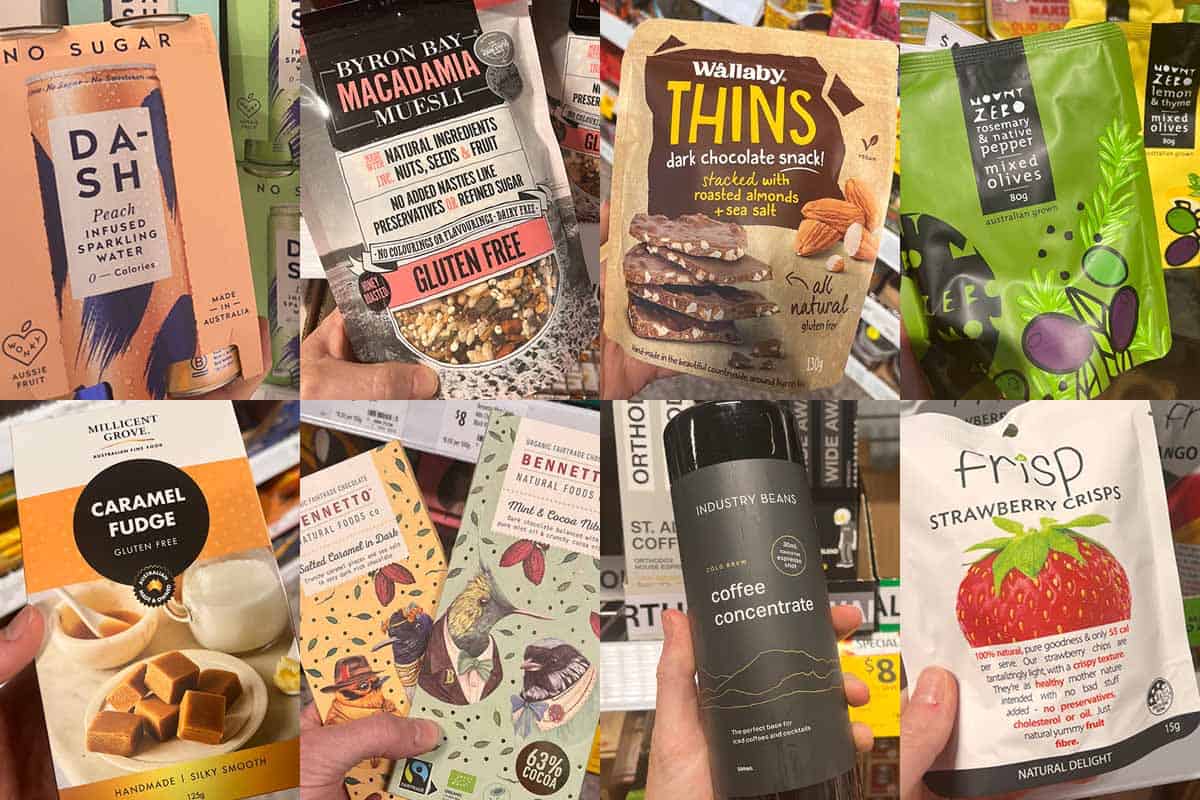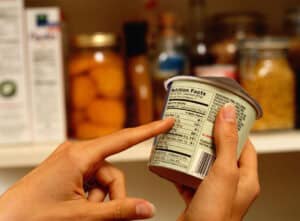
February 1, 2023
The 8 Most Common Mistakes When Following A Gluten Free Diet
Going gluten free is more confusing that most Quordles – and getting it wrong can have disastrous and unpleasant consequences. There are so many things to learn on this GF journey of yours, and making mistakes is just part and parcel. But if I can help take the guesswork and stress out of it for you, I’d be one happy woman! So, here are some common mistakes made by those on a gluten free diet (so you can avoid them, not repeat them).
Mistake #1: Only eating junk food.
If you’ve just been diagnosed with a gluten intolerance, there’s a very high chance you’re currently malnourished. So, although it’s easy to head to the gluten free section of the supermarket and stock up on gluten free pies, sausage rolls, Brazilian cheese puffs and microwaveable mac’n’cheese, your health deserves to be front and centre in this transition. That doesn’t mean solely relying on UberEats; after all, when ordering in, you can never be sure how high the risk of cross-contamination is. It’s best to cook for yourself, using fresh, naturally gluten free, ingredients. If you need inspiration, check out the gluten free recipes page, it features a wide range of recipes for so many occasions.
Mistake #2: Not reading the ingredient list.
I was taking some travel sickness tablets for years before I realised they contained gluten! No matter how long you’ve been connected with a product, always read the ingredients and allergen warnings of anything you’re about to ingest – things change in production all the time, for many reasons. Don’t forget to check any sport supplements, vitamins and even any oral hygiene products like mouthwash. And if you’re the parent of a little one with a gluten-intolerance think of anything they could put in their mouths, like Play-Doh – it’s often made with wheat flour. (I know, right?!) Instead, make your own using this great recipe as a guide.
Mistake #3: Paying extra for the ‘gluten free’ label.
Gluten free food is expensive enough without being taken for a ride with sneaky labelling! Many products are, or are made from ingredients that are naturally gluten free such as milk, oils, nuts and eggs. If a product is not labelled gluten free, don’t assume it must contain gluten – it might still be suitable. Again, always read the ingredients list on the product you’re considering buying, and if you spot key allergens (barley, rye, oats, wheat or gluten), pop it back on the shelf.
Mistake #4: Being too trustworthy.
If you ask a waitress or waiter if a dish or ingredient is gluten free and they respond with “Um, I think so” or something to that effect, ask them to double-check with the chef. If they roll their eyes or return without a confident answer – or come back and say “Yes, it’s gluten free because it doesn’t contain milk or dairy” – stand up and go somewhere else to eat. It’s not worth it. This brings me to my next point…
Mistake #5: Not being assertive.
You are not doing anyone any favours by downplaying the impact gluten can have on you. If you are at a restaurant, be confident to ask all the questions you need, to ensure you are comfortable that they can cater for your level of sensitivity safely. You don’t need to tone down your needs to alleviate the waiter, or anyone you are dining with. Think of it as a good learning experience for the restaurant that could help future diners with medically diagnosed gluten sensitivity or autoimmune disease.
Mistake #6: Only sticking to BROW.
The BROW acronym (barley, rye, oats, wheat) covers a large range of things we’re not supposed to eat on a gluten free diet – but it’s not an exhaustive list. Malt, for example, is also not gluten free as it’s often made from barley, but it isn’t always listed as ‘barley malt’. So as a precaution add the word ‘malt’ to your list, in any form (that includes ‘malted’, ‘malt flavouring’ and ‘maltodextrin’), unless you can confirm it to be gluten free. Others to look out for and investigate further include spelt, brewers yeast and thickeners.
Mistake #7: Not being prepared.
The Scout motto is ‘Be prepared’ – and it’s something I think about every time I pop a GluteGuard tablet (that is, before I eat anything I haven’t cooked myself, be that at a restaurant or a mate’s place). It contains an enzyme that helps break down gluten if cross-contamination occurs. It’s even easier to be prepared now with GluteGuard being available over the counter in chemists nationwide. Remember, the availability of this product should not be used as an excuse to knowingly eat gluten, but to help manage the risk of the unknown gluten in your diet.
Mistake #8: Trusting Dr Google.
A great range of resources online can help us navigate a gluten free diet, especially with recipes, restaurant recommendations and travelling tips. But when it comes to specific medical advice, your healthcare professional is the best resource. There is a wide range of conditions that are triggered by gluten with a differing range of symptoms so you can’t always trust what you read online. Don’t take someone else’s word for it, investigate further for yourself and make sure you get advice from your healthcare professional that is tailored for you.
Contributor: Sarah Friggieri is a gluten free food blogger based in Australia. Check out her other work here.










